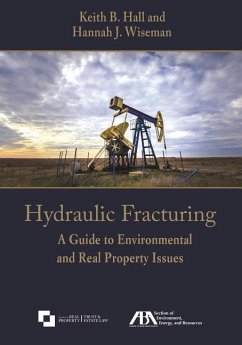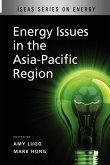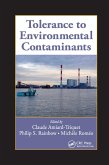Few would have predicted that the United States would become the world's largest producer of oil and a leading producer of natural gas. This surge in domestic oil and gas production is primarily driven by oil and natural gas resources from unconventional formations that are more difficult and expensive to access than traditional formations. As production grows, so, too, do U.S. perceptions of the effects of the boom, and these perceptions often follow very divided paths. This book identifies the major legal issues raised by hydraulic fracturing, including the transactional, regulatory, and litigation issues that are most relevant to the real estate and environmental law practitioner. In addition, the authors thoughtfully discuss the current state of the law relating to hydraulic fracturing while providing invaluable practical suggestions to lawyers representing clients in real property transactions. In describing the many areas of the law that accompany unconventional development, the authors concentrate on shale gas development, the most widespread unconventional resource in the U.S. Issues covered include: * The types of fracturing * Competing property rights * Water supply and underground water quality issues * Climate and air issues * Federal, state, and local environmental regulation * Information forcing * Induced seismicity * Litigation * Subsurface trespass * International issues in shale oil and gas Geared to lawyers, policymakers, regulators, and students involved with law of shale gas and tight oil, but it also should serve as a useful resource to anyone working in the area. The authors introduce shale gas technologies and terminologies to give a background understanding of the field for a range of professionals and students, and discuss the legal issues in an accessible manner that nonlawyers can understand.
Hinweis: Dieser Artikel kann nur an eine deutsche Lieferadresse ausgeliefert werden.
Hinweis: Dieser Artikel kann nur an eine deutsche Lieferadresse ausgeliefert werden.








